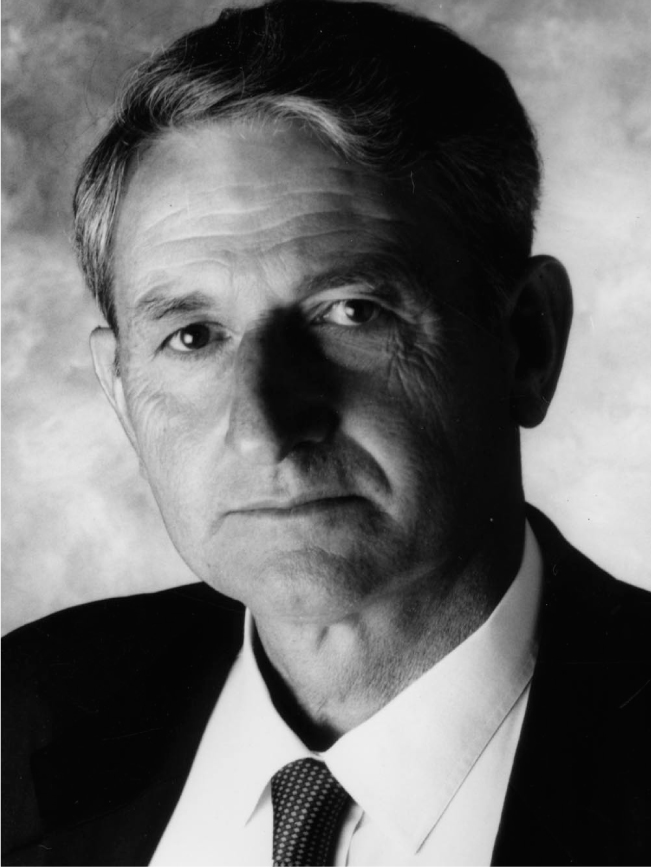Charles Maisonnier
DOI: 10.1063/1.1535022
Charles Maisonnier, a respected fusion researcher and leader of the International Thermonuclear Experimental Reactor (ITER) program, died on 27 July 2001 in Brussels, Belgium, following complications from cancer.
Charles was born on 8 October 1931 in Lyon, France. He attended school in the French system of elite “Grandes Ecoles”: at the Ecole Centrale Lyonnaise (1951) and Ecole Supérieure des Télécommunications in Paris (1956).
Charles started his international career in physics in 1956 as a visiting student at the University of California, Berkeley, and at Brookhaven National Laboratory. He also worked at Saclay (1957–58) and at CERN (1958–60) on the design of new particle accelerators. In 1966, he defended his doctoral thesis at Lyon University. His thesis, a study of the dynamic tubular pinch, was done under the guidance of J. L. Descroix.
In 1960, Charles applied to work at a EURATOM association. He was appointed that same year to the Frascati Center on Fusion Research, near Rome, where he remained until 1978. Those were the golden years of plasma physics research. Charles’s international scientific reputation rests with the 1MJ plasma focus project—which studied the acceleration of a hydrogen plasma to high velocity and its compression to high density and temperature—that he conceived and realized as laboratory director at Frascati. For this success, he received the Thibaud Prize for young physicists from the Academie des Sciences, Belles Lettres et Arts de Lyon, in 1968.
In 1978, Charles joined the Brussels EURATOM headquarters of the European Fusion Programme, becoming the director eight years later. He served as director for nearly 10 years. The European Fusion Programme benefited greatly from Charles’s forceful efforts at maintaining a “single voice” in fusion policy matters within the complexities and diversities of the European Union, and from his capabilities in managing major crises.
The ITER venture, which was rooted in summit meetings during the mid-1980s and involved the joint efforts of the European Union, Russia, Japan, and later the US, was—and still is—a great challenge for the worldwide fusion community. Charles played an important role with ITER. He was the most active European delegate to the negotiations, which were resolved through the ITER Engineering Design Activities Agreement in July 1992. He then became a permanent member of the ITER Council until his retirement in 1996. During retirement, he continued to care about ITER and fusion, a world he never left.
Charles was afflicted in 1995 by cancer, which he met stoically. During his illness, he was surrounded by his large beloved family and the many friends he liked to receive so generously at his home until the end.
Charles seemed to possess the secret of friendship: He was charming and entertaining. But he was incapable of hiding his nature: dedicated, determined, exigent, and responsible. Therefore, it was no surprise that he was a leader, recognized and appreciated in the circles in which he participated.

Charles Maisonnier

More about the Authors
Robert Aymar. 1 ITER Garching, Garching, Germany .
Ernesto Canobbio. 2Brussels, Belgium .
